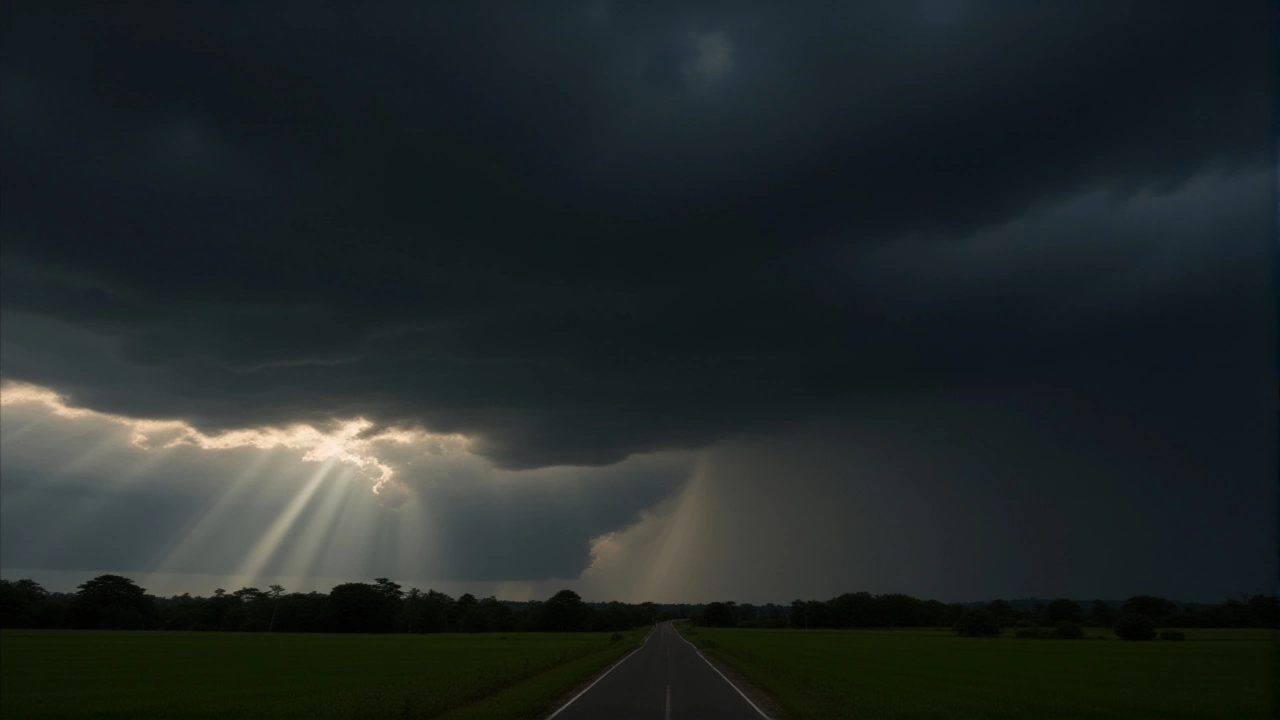Shimla Weather: What to Expect, When to Visit, and How It Affects Travel
When you think of Shimla weather, the high-altitude climate of India’s former summer capital known for cool temperatures, heavy monsoons, and snowy winters. Also known as Himachal Pradesh climate, it’s not just about chilly mornings and misty hills—it’s a pattern that shapes everything from tourism to daily life. Unlike plains cities that bake under summer heat, Shimla stays cool even in June, with daytime highs rarely crossing 25°C. But don’t assume it’s always pleasant. The monsoon hits hard between July and September, turning roads slippery and sometimes cutting off access to nearby villages. The India Meteorological Department has issued weather alerts for Shimla multiple times in recent years, warning of landslides and flash floods during peak rainfall.
Winter in Shimla is where the real drama happens. From late November through February, temperatures regularly dip below freezing, especially at night. Snowfall isn’t guaranteed every year, but when it comes, it transforms the city into a postcard. Locals know to stock up on woolens and heating fuel before December, because power cuts during heavy snow are common. The monsoon in Shimla, the seasonal rainfall driven by western disturbances that bring moisture from the Mediterranean and Arabian Sea, is just as critical. It fills reservoirs, feeds rivers like the Sutlej, and keeps the forests green—but it also causes frequent road closures. If you’re planning a trip, avoid July and August unless you’re ready for delays and muddy trails.
Spring and autumn are the sweet spots. April to May brings blooming rhododendrons and clear skies, while October to early November offers crisp air and stunning views without the crowds. This is when most tourists plan their visits—not just for the weather, but because the winter in Shimla, the season when snow transforms the city into a tourist hotspot and local businesses thrive on holiday traffic is still far off. Many travelers don’t realize that even in summer, evenings can get chilly enough to need a jacket. Pack layers, not just sunscreen.
The weather here doesn’t just affect your vacation—it affects local economies. Tea stalls, taxi drivers, and homestay owners all depend on predictable patterns. When the monsoon is weak, water shortages hit. When snow doesn’t come, ski operators lose income. And when IMD issues a weather alert, schools shut, markets close, and the city holds its breath. That’s why recent posts on this site cover everything from emergency preparedness during heavy rain to how tourism shifts with seasonal changes. You’ll find real stories here—not just forecasts, but lived experiences from people who deal with Shimla weather every day.
Shimla Braces for Thunderstorms: Yellow Alert Issued as Autumn Weather Shifts
Shimla faces a yellow alert for thunderstorms starting October 9, 2025, as the India Meteorological Department warns of dangerous electrical activity during what's typically a calm autumn season. Visitors and residents must prepare for sudden storms.
